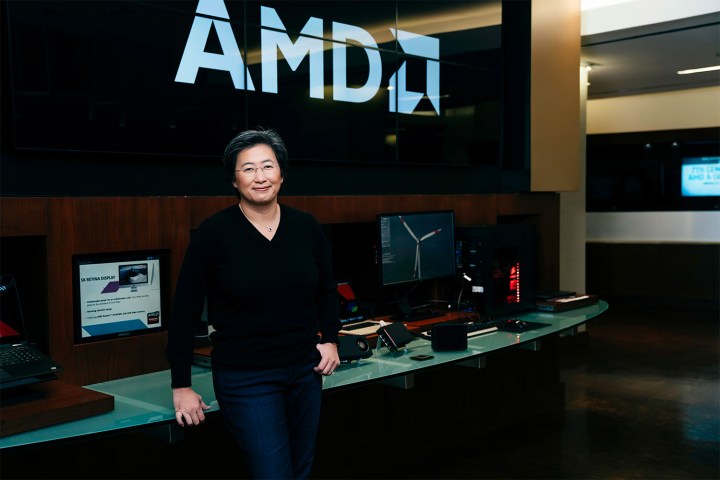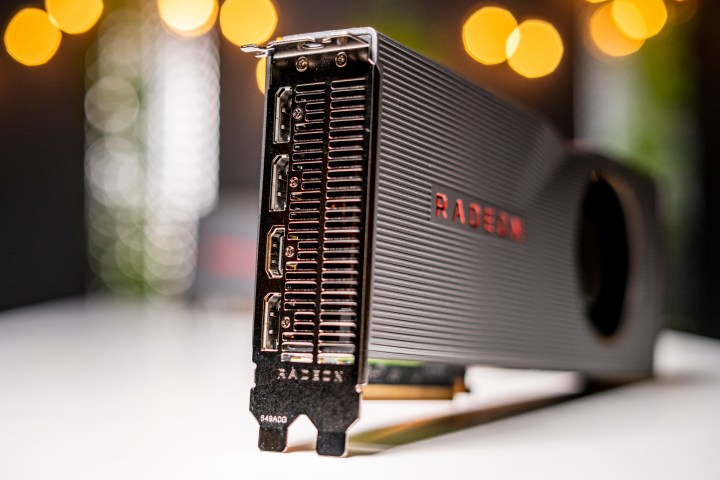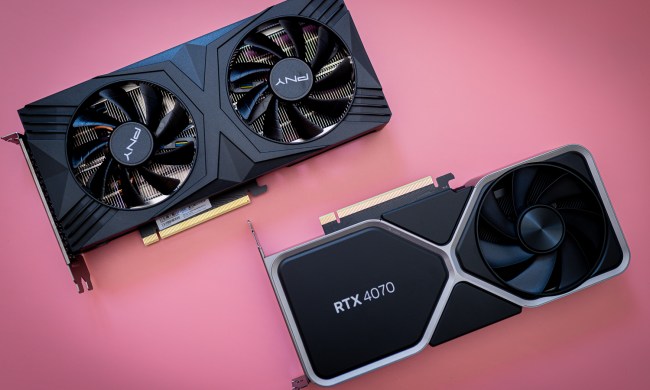
The competition in graphics cards keeps escalating, and the attacks come from both AMD and Nvidia. According to a recent interview with AMD’s Vice President and General Manager of the Radeon Business Unit, Scott Herkelman, it appears that the chip OEM intentionally issued fake prices for its latest line of GPUs in order to edge out its graphics hardware rival Nvidia.
In the interview, Herkelman notes that AMD had a keen sense of the effects that Nvidia’s hardware and cost constraints would have on the price points it could offer, and that AMD sought to take a more aggressive tack in this year’s GPU race. In light of the unexpected price reduction of AMD’s Radeon RX 5700 and 5700 XT between announcement and launch, Herkelman’s comments seem to confirm that AMD pulled off exactly that kind of bait-and-switch, and that it paid off.
In fact, the lead that AMD’s new GPU line has over the freshly unveiled RTX Super series from Nvidia is predominantly in terms of price. While the RTX 2080 Super can just outperform the Radeon RX 5700 XT, it costs 75 percent more than AMD’s competing chip. On the one hand, Nvidia may justify absorbing this blow because their Super line serves as a refresh between generational GPU releases whereas AMD is meeting it with its new generation of hardware. On the other hand, though, AMD was able to orchestrate a massive price advantage only weeks after an E3 filled to the brim with a hotly anticipated wave of games.

The one area where AMD falls short against its primary competitor is in ray tracing, which even AMD’s newest offering still can’t easily or efficiently handle. Considering how few ray tracing-optimized games are currently available, though, gamers may opt for the most bang for their buck in AMD than invest in Nvidia to ride a trend that still hasn’t quite caught on yet.
This brilliant tactical flourish by AMD also reveals an interesting, more aggressive strategic approach for the company. One of the advantages that Herkelman pointed out was the smaller die size at which AMD could fabricate their GPUs compared to Nvidia, an advantage AMD also touted in CPUs against its perennial nemesis, Intel. It seems clear, then, that AMD’s battle plan going forward will be to offer purely smaller and cheaper chips than the competition, even if they don’t win out on performance. Beyond that, the fact that the company is taking the fight to two massive competitors in two product areas at the same time illustrates just how confident AMD is. But with Intel working on its own graphics cards in the intermediate term, AMD has a long way yet to go to reach complete ascendancy.



